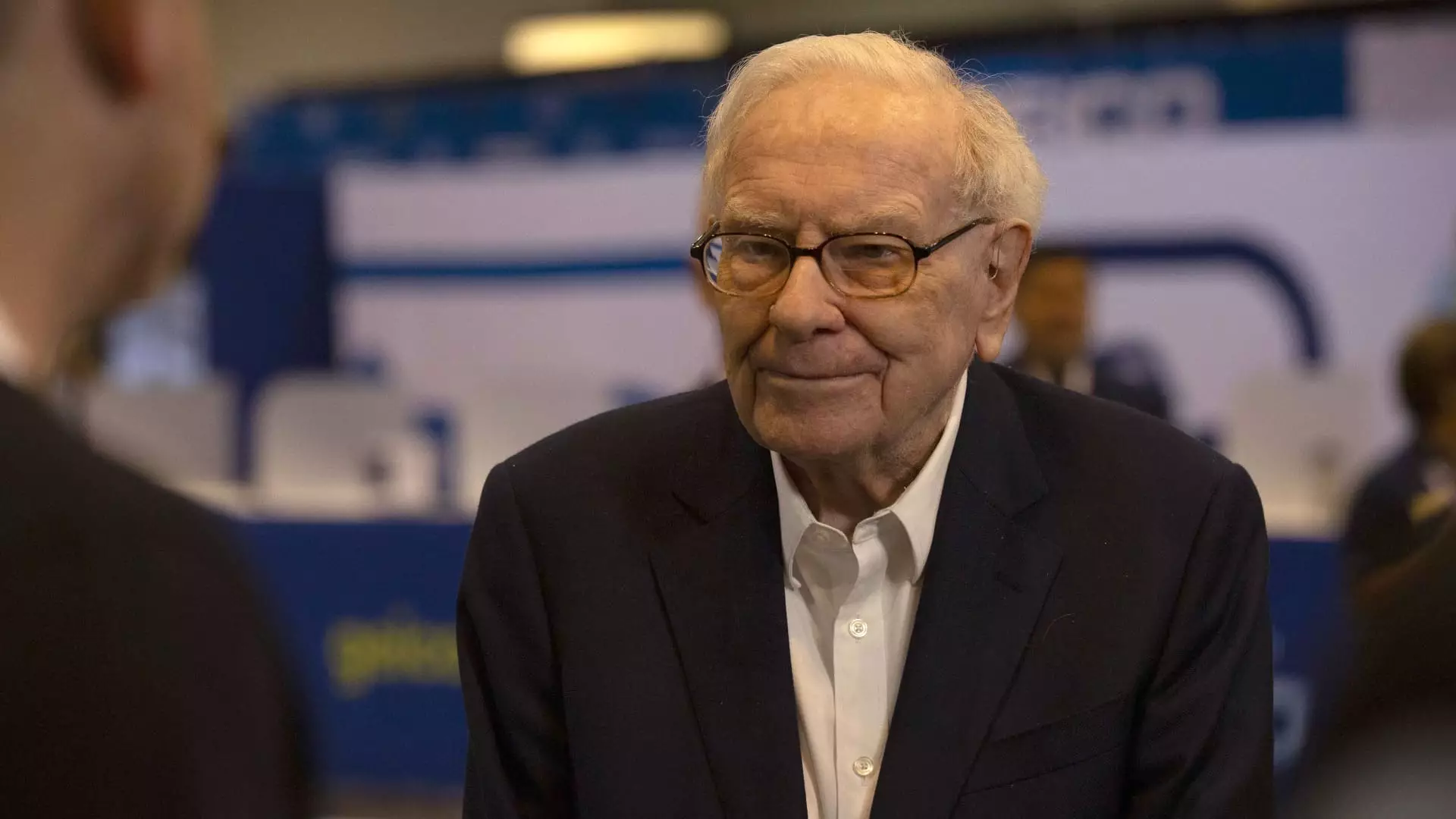In a recent turn of events, Warren Buffett’s investment conglomerate, Berkshire Hathaway, has notably reduced its stake in Bank of America (BofA) to below the crucial 10% mark. The decision to divest more than 9.5 million shares occurred over several days, culminating in a filing with the U.S. Securities and Exchange Commission (SEC) that highlights a conscious strategic pivot by Buffett. This shift happens amidst a broader market environment characterized by financial uncertainty and fluctuating investor sentiment. As a result, Buffett’s ownership now stands at approximately 775 million shares, translating to about 9.987%.
Crossing under the 10% threshold has significant implications for Berkshire Hathaway. The SEC mandates that shareholders with more than a 10% position must disclose transactions involving that company’s equity within a two-business-day window. By falling below this limit, Buffett’s future moves regarding BofA will not be made public until the next 13F filing occurs, typically several months later. This means keen observers and analysts will have to wait until mid-November for updates on Berkshire’s investment strategy concerning BofA, leaving an air of speculation regarding Buffett’s intentions and the rationale behind his recent selling spree.
Despite Berkshire’s reduction in stake, Bank of America is displaying a level of resilience in the market. The bank’s shares have actually increased by around 1% in the last month, suggesting that the wider market may be absorbing the news without prominent panic. CEO Brian Moynihan has indicated confidence, attributing the stock’s stability to the bank’s own stock repurchase programs, which have helped mitigate investor concerns. This contrary performance raises questions about the fundamental strength of BofA amidst Buffett’s scaling back, highlighting a potential discrepancy between market perception and the investment strategies of major stakeholders.
Buffett’s historical relationship with Bank of America began in 2011 when he invested $5 billion in preferred stock to bolster the bank’s credibility following the subprime mortgage crisis. Over the years, he has substantially profited from this investment, especially after converting his warrants into common stock in 2017. However, the latest sales of BofA shares appear to align with a broader pattern of Buffett divesting from various banking institutions, including giants like JPMorgan, Wells Fargo, and Goldman Sachs. This trend indicates a shift in his investment philosophy, particularly following the banking instability observed in 2008 and more recently in 2023.
Last year, Buffett expressed a cautious outlook on the banking landscape, emphasizing the unpredictable nature of deposit confidence in light of recent banking crises. His concerns reflect a deeper understanding of the lasting implications that economic downturns can have on consumer psychology and market behavior. The rapid digitalization of financial services has further complicated the dynamics of banking, introducing new vulnerabilities such as bank runs that can occur with alarming speed during crises. This perspective not only underscores Buffett’s prudence but also serves as a warning to other investors about the shifting tides within the banking sector.
Warren Buffett’s decision to reduce his stake in Bank of America raises intriguing questions about the future of his investment strategy and the overall stability of the banking industry. While BofA demonstrates some resilience in the short term, the long-term implications of Buffett’s actions remain to be seen, especially in a climate of financial uncertainty.

